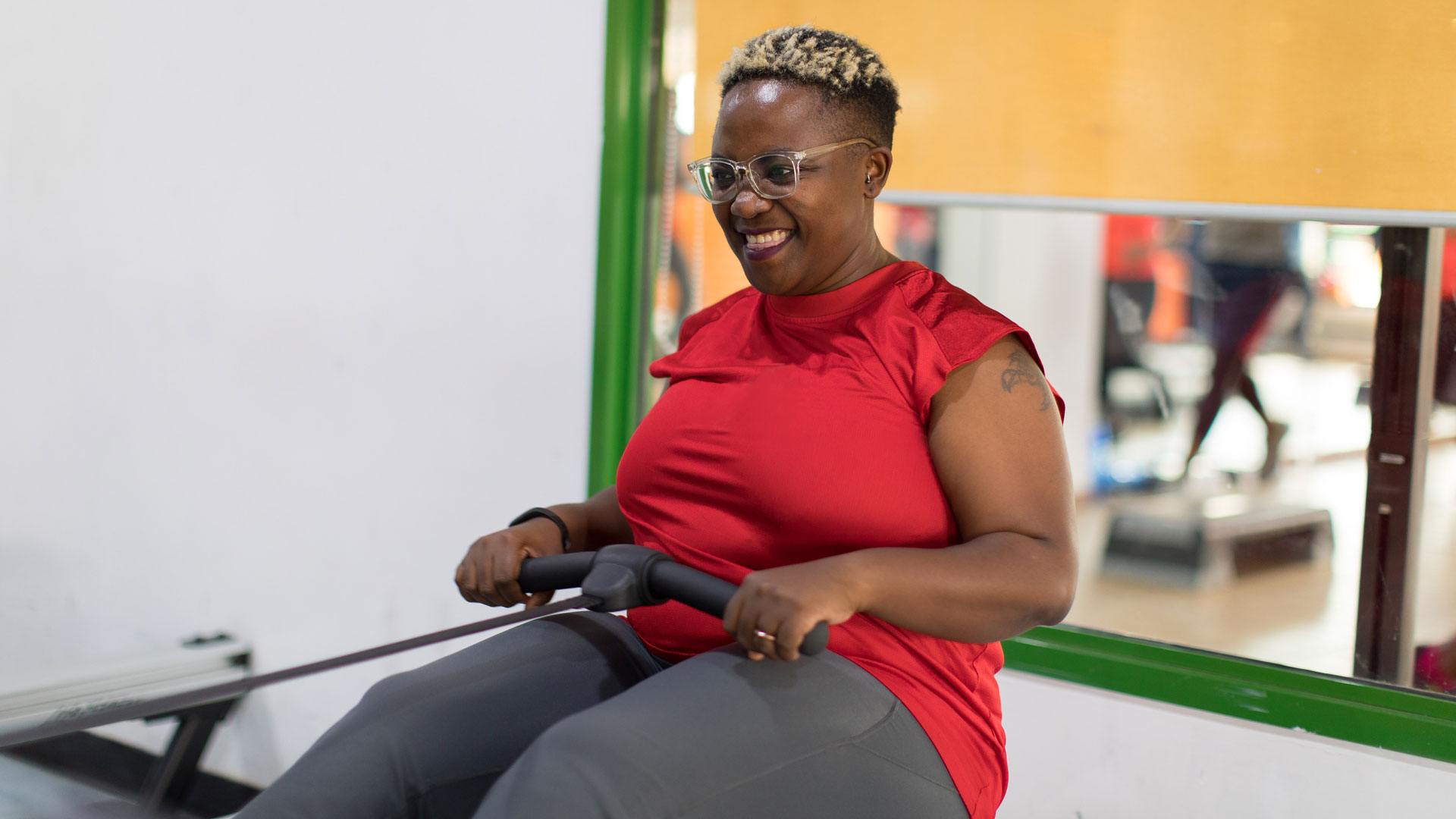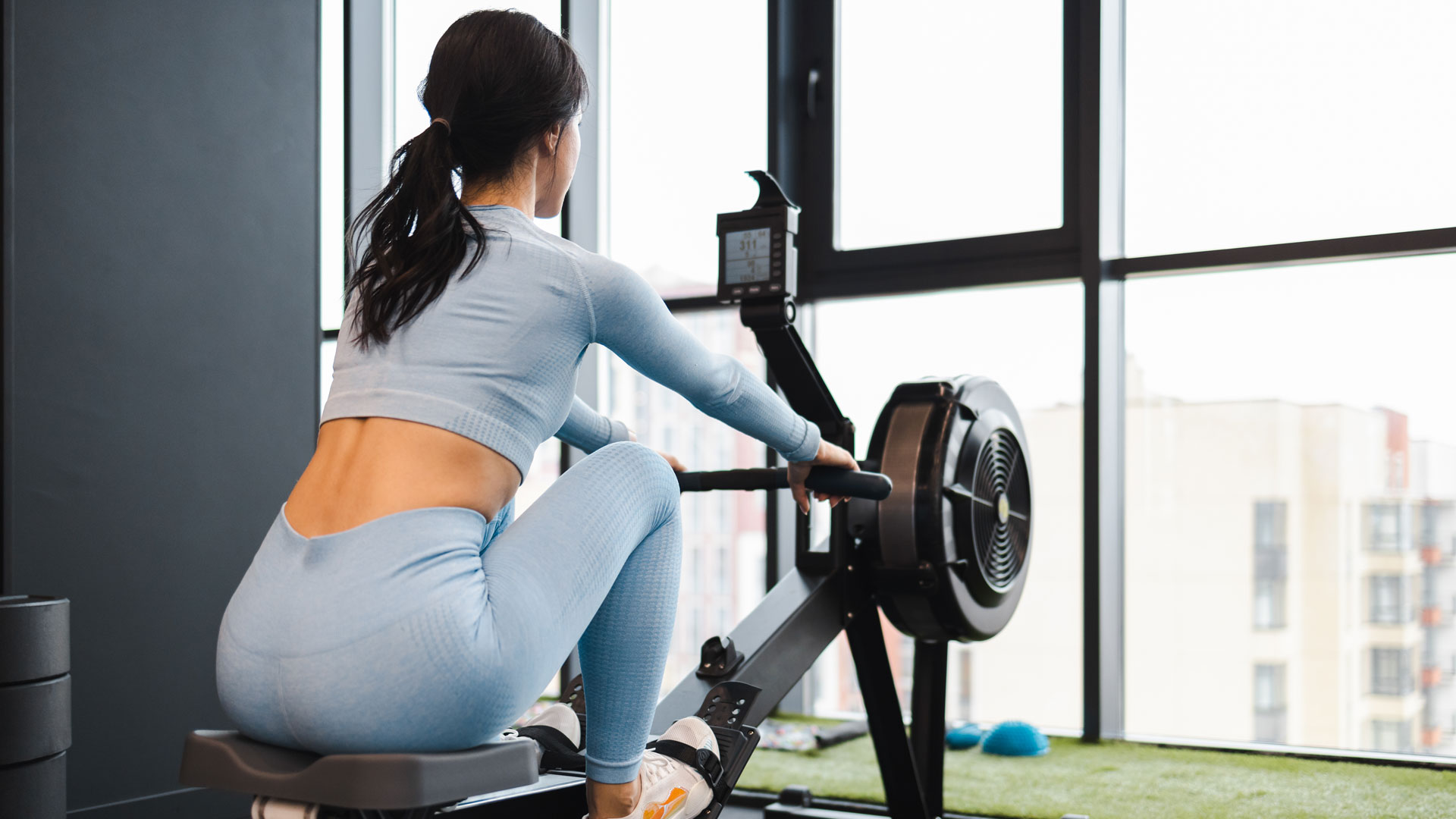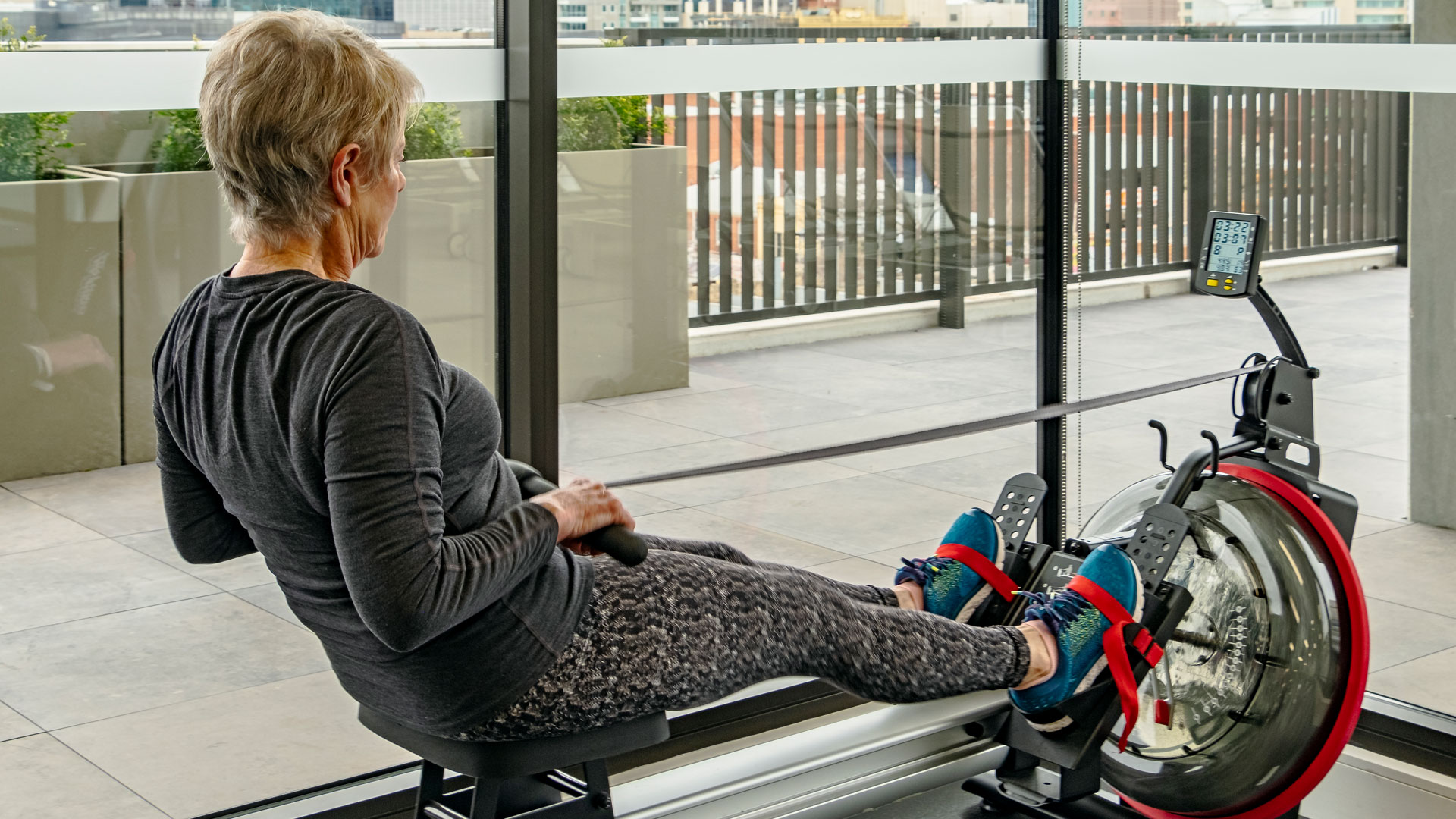How to use a rowing machine
Wondering how to use a rowing machine to get the best workout? We’ve got all the information you need


You may have shied away from using a rower because you’re not sure how to use a rowing machine. So, whether you’re a complete novice or someone who’s bought one of the best rowing machines and is looking for the correct form, we’ve got you covered.
The rowing machine gives a great cardio session that works almost every muscle group, including the legs, arms, back, and core while building endurance in the heart and lungs. It's low impact, which is perfect for anyone with joint issues. If done correctly, using the rowing machine can help you get a great workout with little risk of injury.
How to use a rowing machine
Rowing coach Dan Whitehouse says the key to mastering the rowing technique is understanding the motion and the different positions you need to be in. “The rowing motion has four stages from beginning to end: a starting position, a transition, an ending position, and then another transition back to the start. It's easy to use the bad form if you haven't had any instruction, making for a clumsy workout and increasing the likelihood of injury.”
Whitehouse says the correct rowing technique has four stages: the catch, the drive, the finish, and recovery:

The catch
Sit tall on the rowing machine with your arms straight, back upright, and ankles and knees flexed so that your shins are roughly vertical. From this position, use your lats to pull your shoulders down and brace your core, then lean forward slightly, keeping your back tall. You can create a powerful push-off from the machine to initiate the drive phase of the stroke.
The drive
Begin by pushing with your legs while continuing to brace and contract your core. When your legs are straight, hinge at the hips and lean back to about 45 degrees. The last movement is from your arms as you pull the handle towards your torso, a few inches above your belly button. The drive should be a continuous fluid movement.
The finish
The resting position opposite the catch - although you won't be resting for long. Legs are long, shoulders and back are leaning away from the legs, the handle is pulled in toward the body, and elbows are tucked in toward the torso. Again, be sure to keep your core muscles activated and tight.
Get the Fit&Well Newsletter
Start your week with achievable workout ideas, health tips and wellbeing advice in your inbox.
The recovery
Now do the drive movements in reverse order to return to the catch position. Extend the arms, hinge the hips forward to bring the torso over the legs, then bend the knees. The recovery phase should be half the speed used in the drive, which allows your muscles to recover and prepare for another strong push.

How to avoid injury on a rowing machine
Most of the common errors on the rowing machine are related to improper form. Personal trainer Rosaria Barreto shares her tips for avoiding injury on the rowing machine:
- Learn how to use a rowing machine correctly. Many people think that the exercise predominantly uses arms, which is incorrect. Most of the force comes from the legs (around 60-65%), so avoid using your upper body to do most of the work.
- The cord attached to the handles should always remain in a straight line and not become loose, so if it’s swinging around, you are likely doing something wrong.
- Controlled powerful movements are better than fast, sloppy movements; rowing is a powerful exercise that requires the whole body and limbs to work together as a team, so refine the slow, powerful motion before going full blast.
- You are in control of the moving seat; the seat is not in control of you! It can often be fun to let the seat slip and slide forward and back, but as I said before, you are in control, don't let the momentum get you.
Rowing machine workout ideas
People can mislabel the rowing machine as boring, but there are a variety of workouts you can do to target all the body's energy systems.
Dan Whitehouse says, “If you're a beginner, start with about 10 minutes of rowing, gradually adding time each week as you get used to the movement. You can do rowing by itself or add it on at the end of your regular cardio workout.”
Whitehouse has an easy-to-follow interval training workout for beginners that focuses on distance and speed, rather than time:
- 100m slow: Use this time to warm up every body part and major muscle group, and focus on the technique of your strokes. Aim for a stroke rate of 18-24 strokes per minute (SPM).
- 50m fast: This is one of your first sprints. Go as fast as you can while still having good form and technique, aiming for 28-36+ strokes per minute.
- Two-minute recovery: Slow down and catch your breath by reducing your strokes per minute. You may even need to rest completely or just use your legs to go back and forth to recover.
- 200m slow: Use your strength here to get maximum power on each stroke. Aim for 18-24 SPM.
- One minute recovery: Slow down and catch your breath by reducing your strokes or rest completely to recover.
- 100m slow: Focus on the technique of your strokes and continue to aim for 18-24 SPM.
- 50m fast: Aim for 28-36+ SPM and see if you can hit your top stroke rate for this workout.
- Two-minute recovery: Slow down and catch your breath by reducing your strokes or rest completely to recover
- 300m slow: Get into a good rhythm with a target your speed of 18-24 SPM.
- 100m fast: Aim for 28-36+ SPM.
- 500m slow for cooldown: The longest row yet but at the slowest pace. Go at whatever pace feels good for your body, ending your workout with a stretch.
Thinking of giving the rower a go? Find out what are the muscles worked by rowing machines?
Catherine is a freelance journalist writing across titles such as Verywell Health, Healthline, The Daily Telegraph, Refinery29, Elle, and Vogue. She specializes in content covering health, fitness, wellness, and culture. A once reluctant runner, Catherine has competed in 30 running events in the past five years and looks forward to one day running the London Marathon.